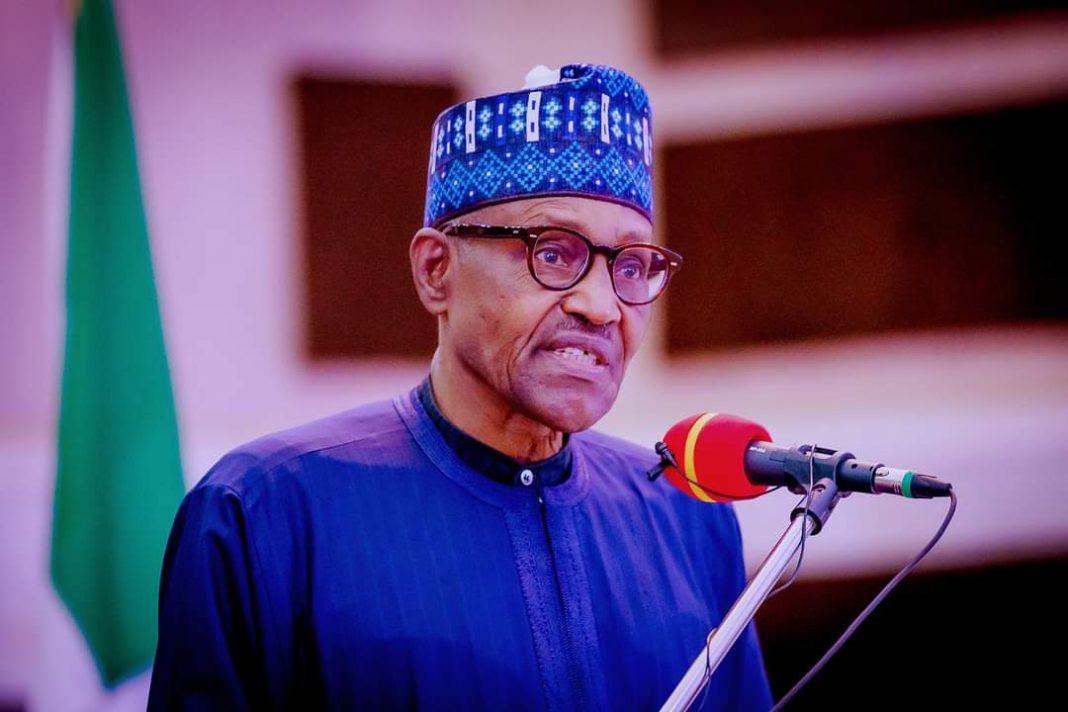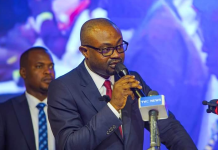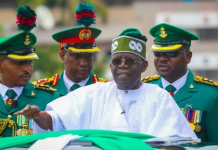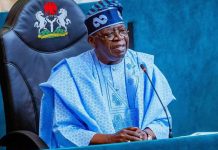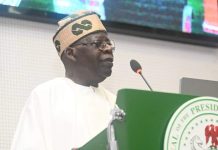President Muhammadu Buhari has defended the huge debt profile his administration plunged the country into, saying most of the loans were used to finance assets and investments.
Mr Buhari gave this explanation on Saturday in series of tweets, urging Nigerians to not only discuss the country’s huge debt profile but to also consider the gains.
By the time he leave office, the next administration will inherit a humongous debt of ₦77 trillion, according to the Debt Management Office (DMO).
Also, the total budget deficit would hit N47.43 trillion under President Buhari, data from the Budget Office of the Federation showed.
According to the figures, deficit financing has risen by 370.54 per cent, moving from ₦2.41 trillion in 2016 to ₦11.34 trillion in 2023.
Every Nigerian would owe ₦384,864 by the time the president leaves office due to the country’s spiralling debt profile.
Mr Buhari who is handing over power May 29 pointed out that his administration doubled Nigeria’s infrastructure stock to gross domestic product (GDP) from 20 per cent to more than 40 per cent.
He also said the road out of poverty was much more arduous without investing in infrastructure.
“As we look at Nigeria’s debt profile, I urge us to also look at the assets and investment profiles, some of which were paid for by debt and some by investment income,” he said. “In eight years, I am proud to say that we have doubled Nigeria’s stock of infrastructure to GDP from about 20% to over 40%.
“This growth is no small undertaking given that it was recorded amid a plunge in global oil prices, a recession in the country, and a war in Europe.
“This happened when global oil prices plunged to almost zero when we encountered a recession that was not predicted, when we dealt with a pandemic that was unforeseen and when we are still grappling with the global effects of an ongoing war in Europe.
“The wealth and prosperity of many nations, especially post-war Europe, was built largely on infrastructure and debt redeemed over decades. Some of the projects are commercially self-liquidating,” he added.

